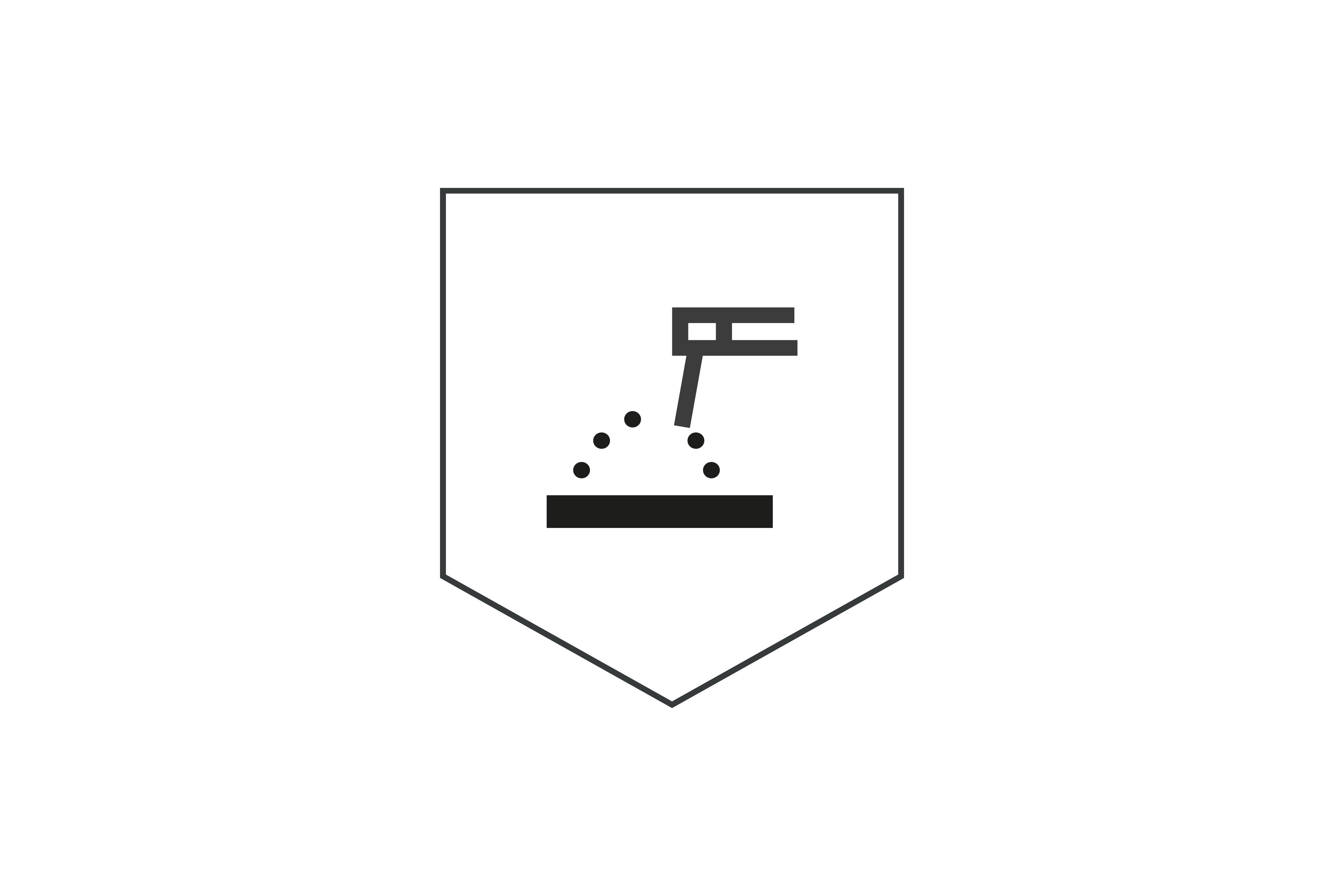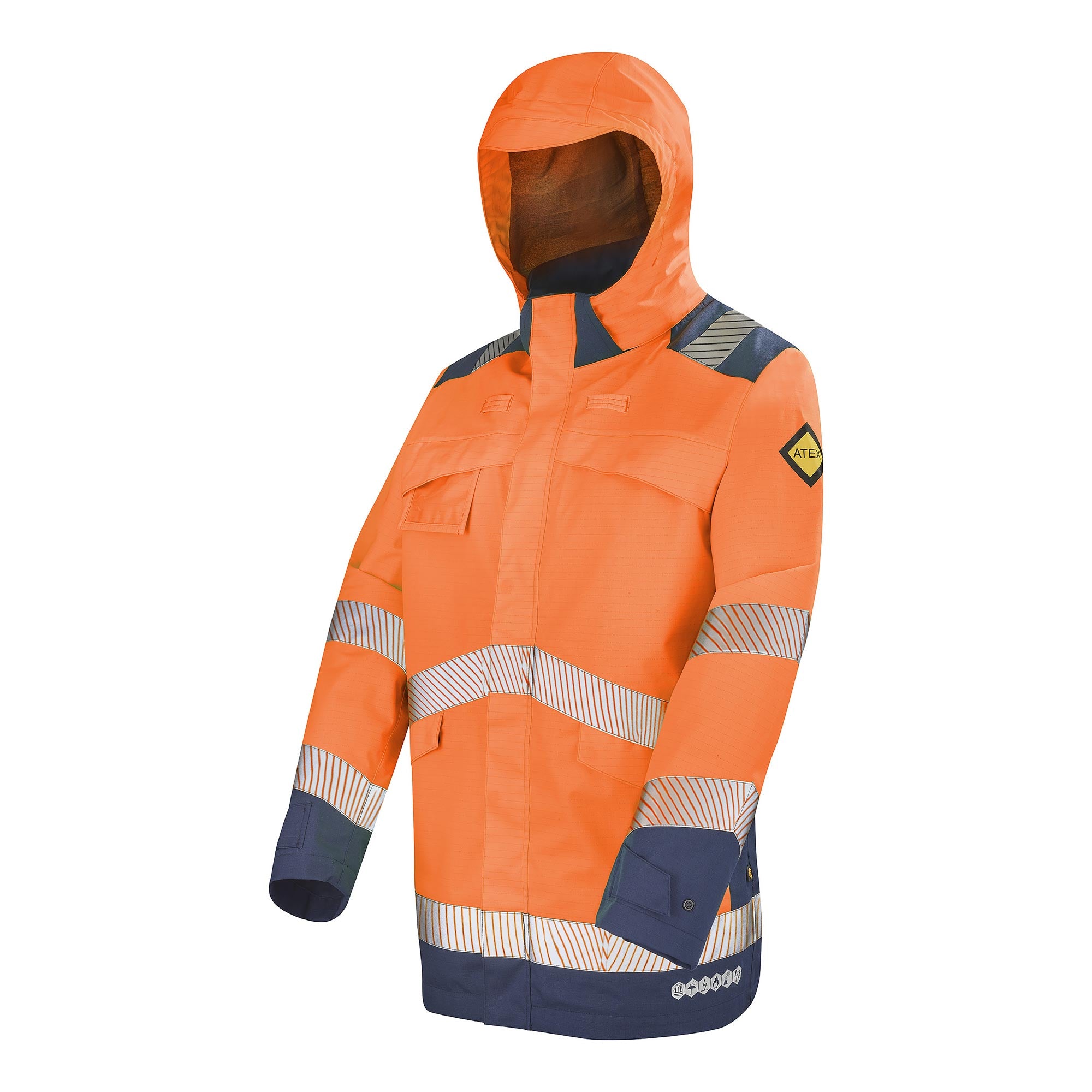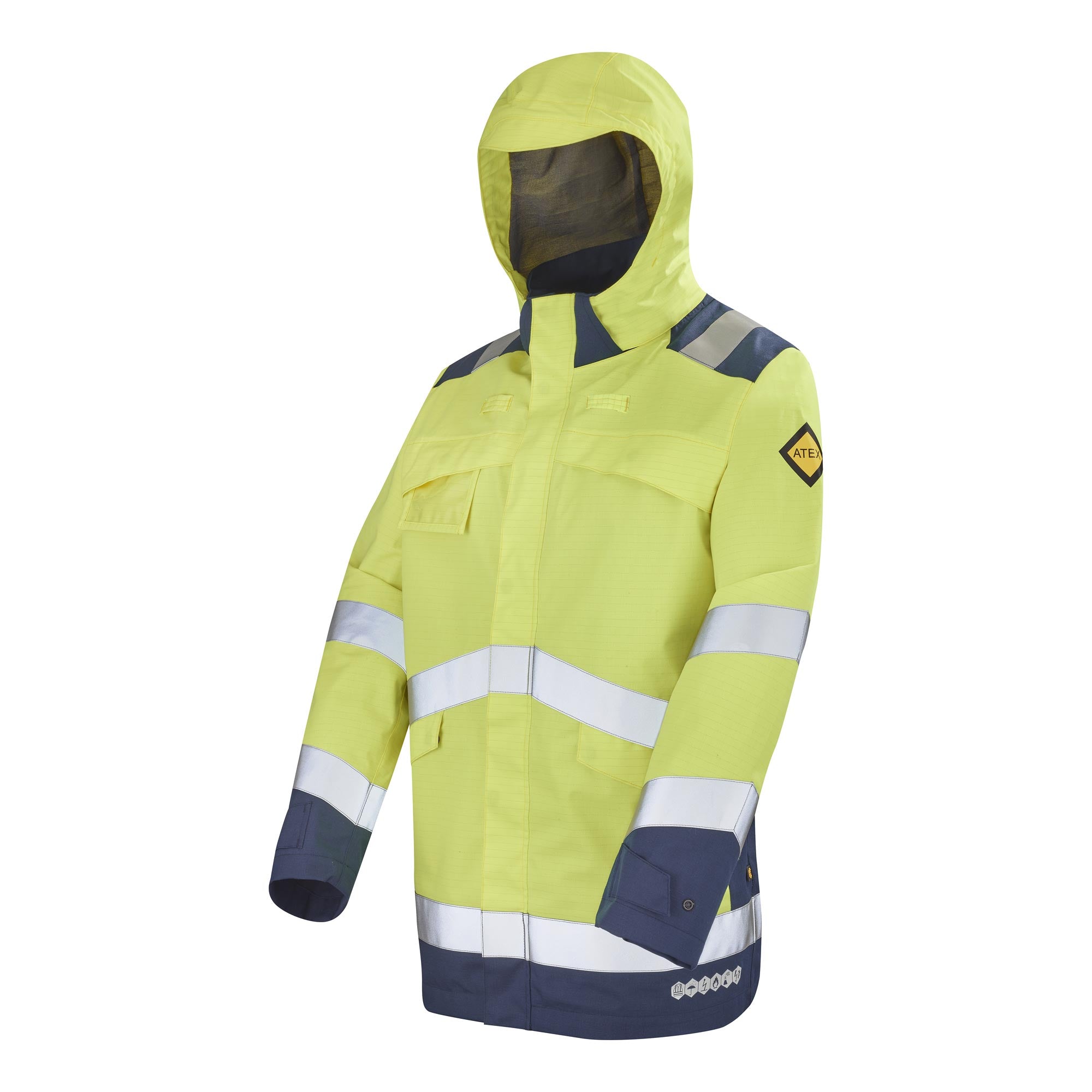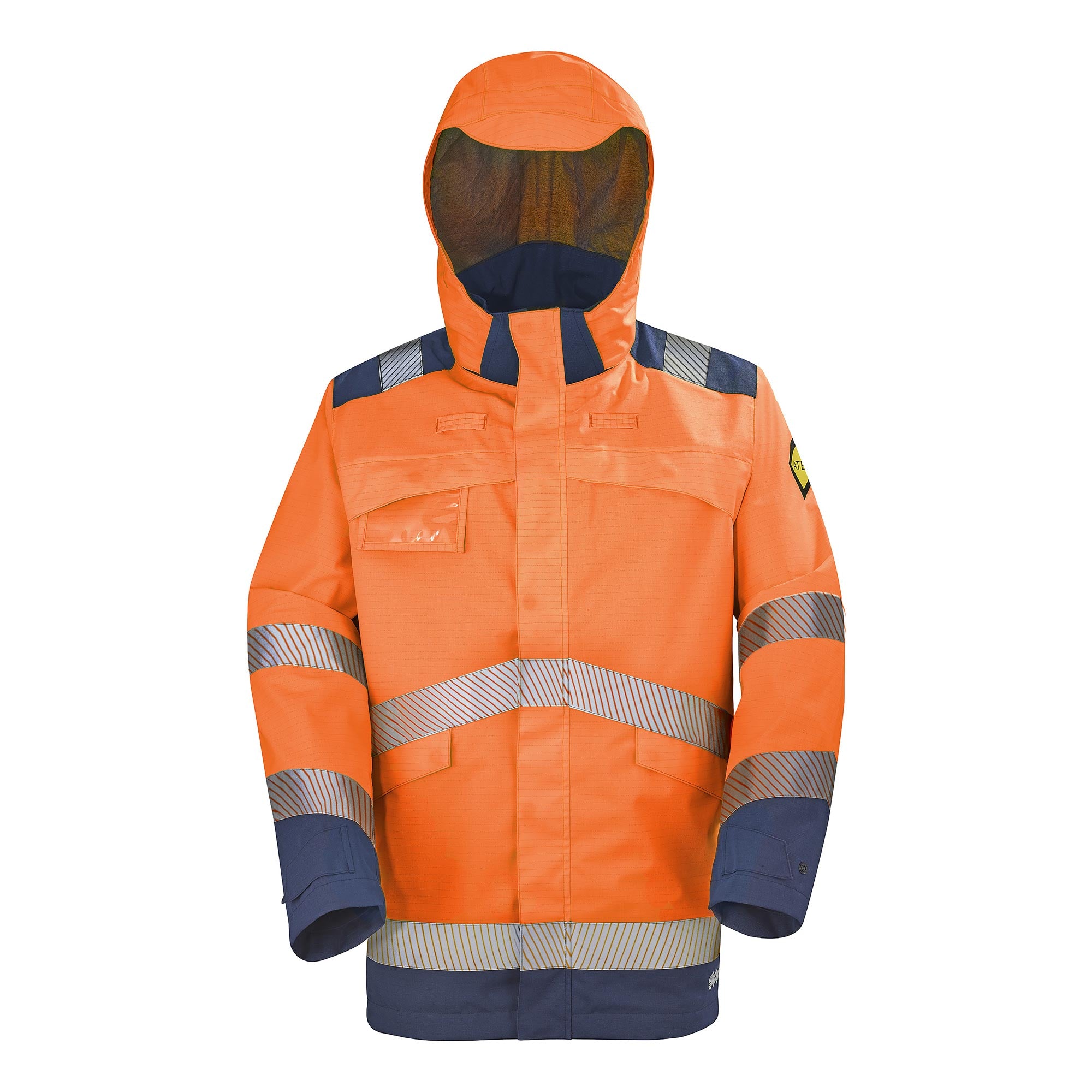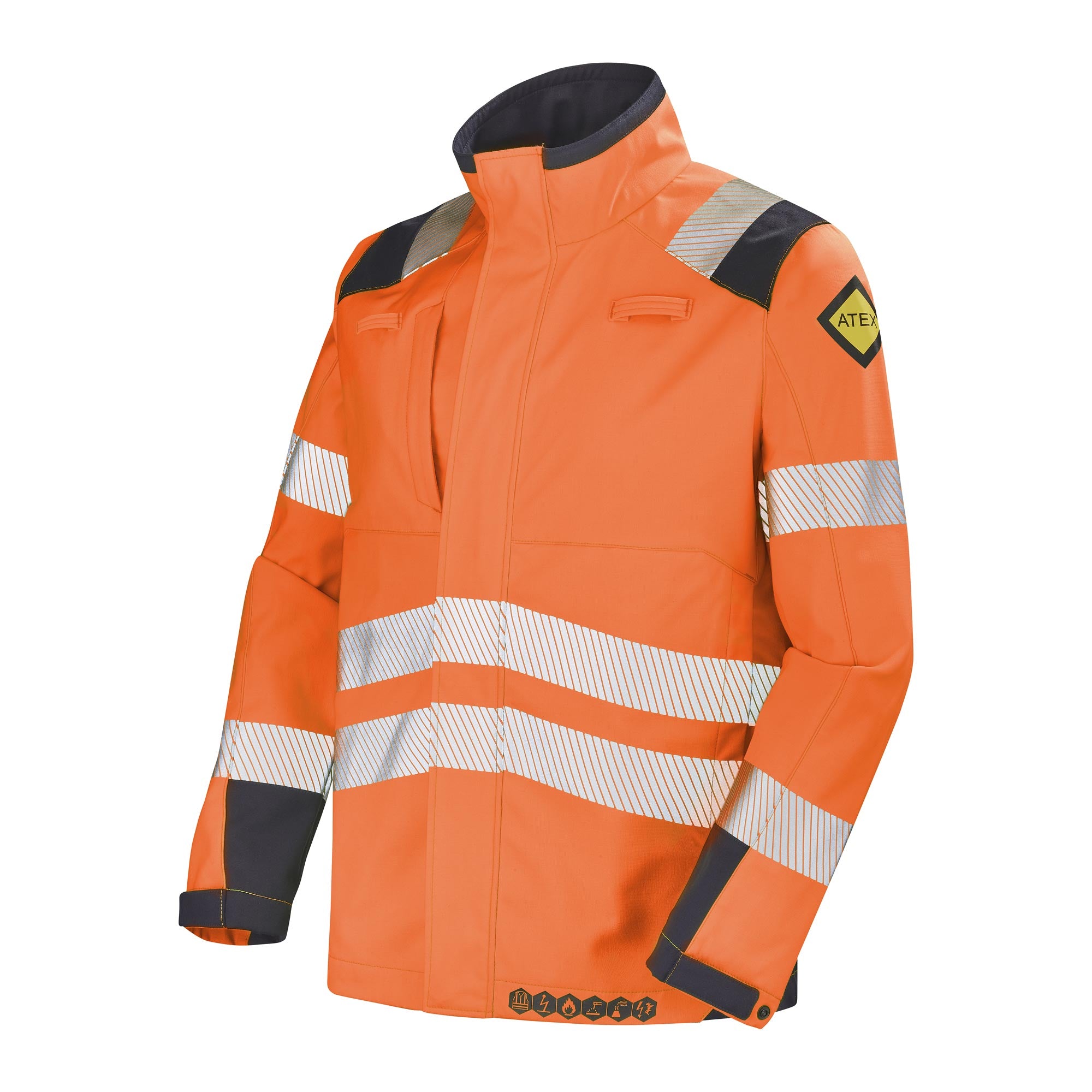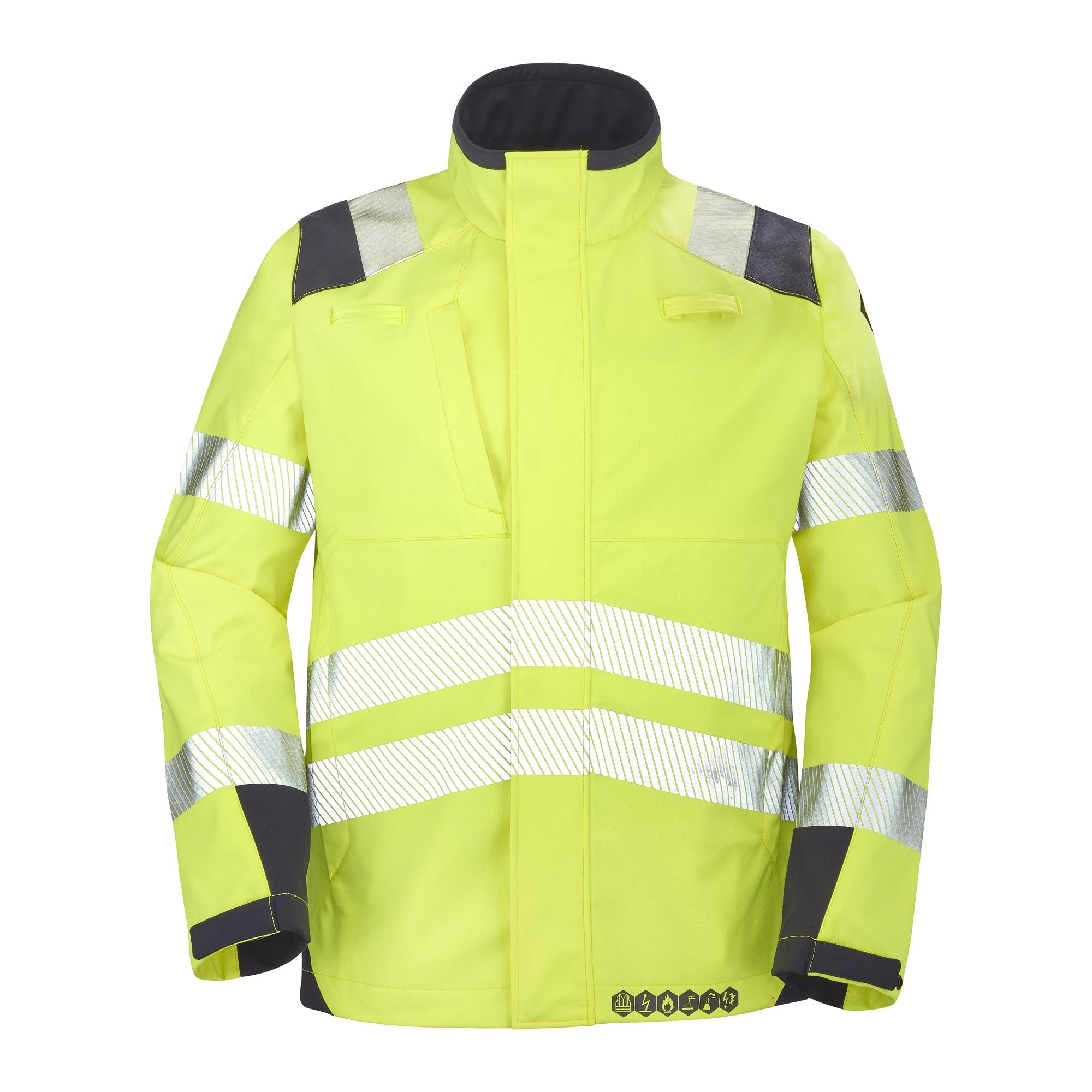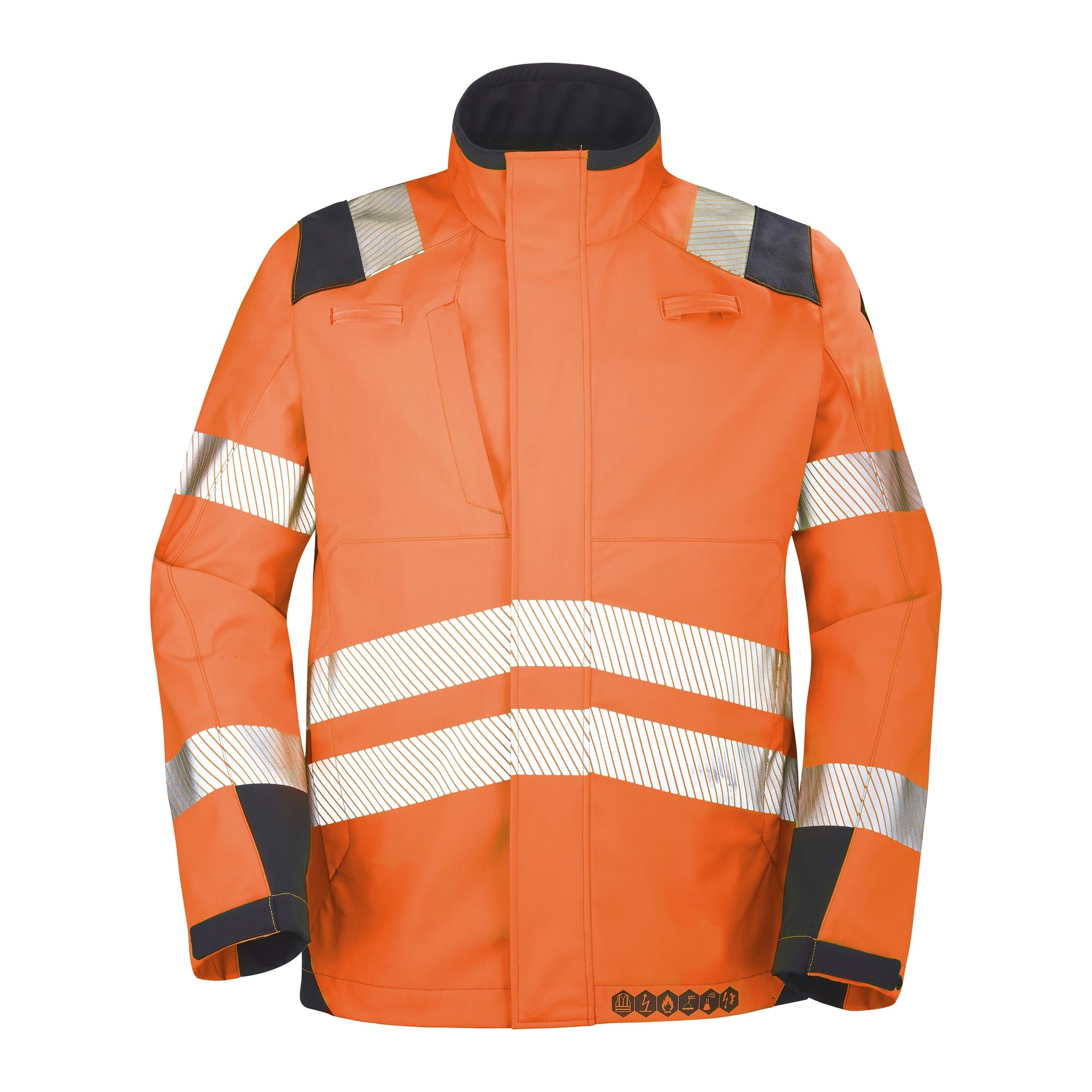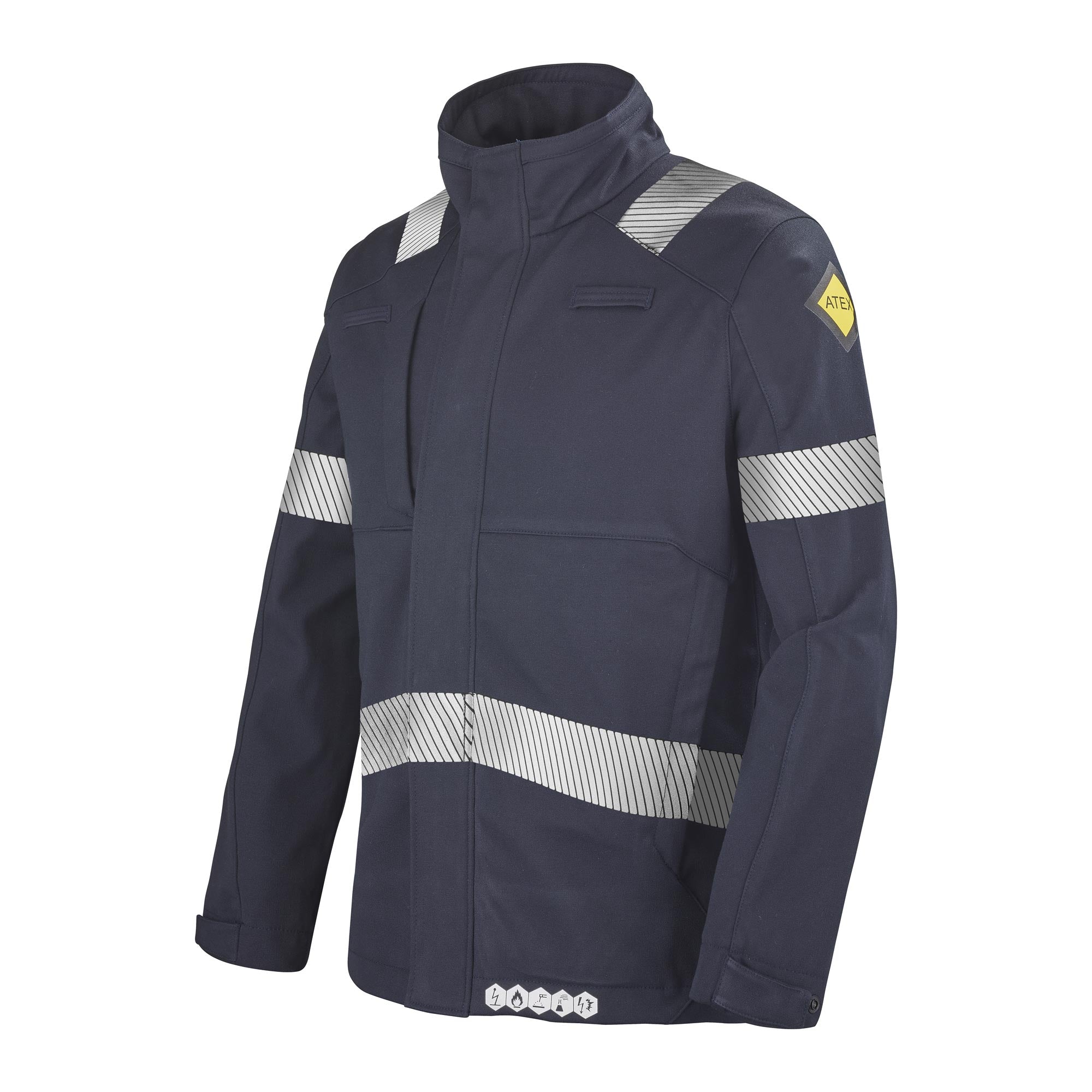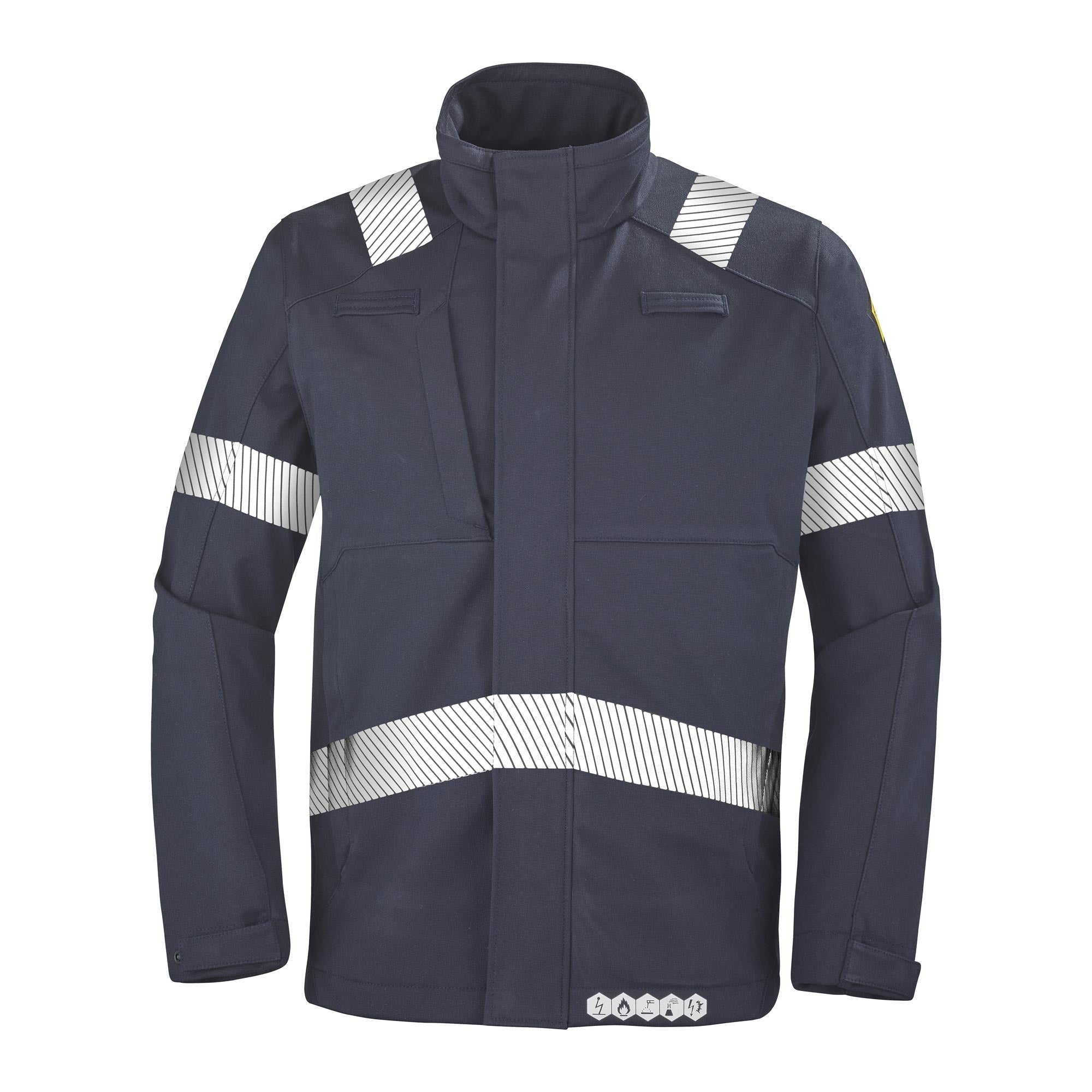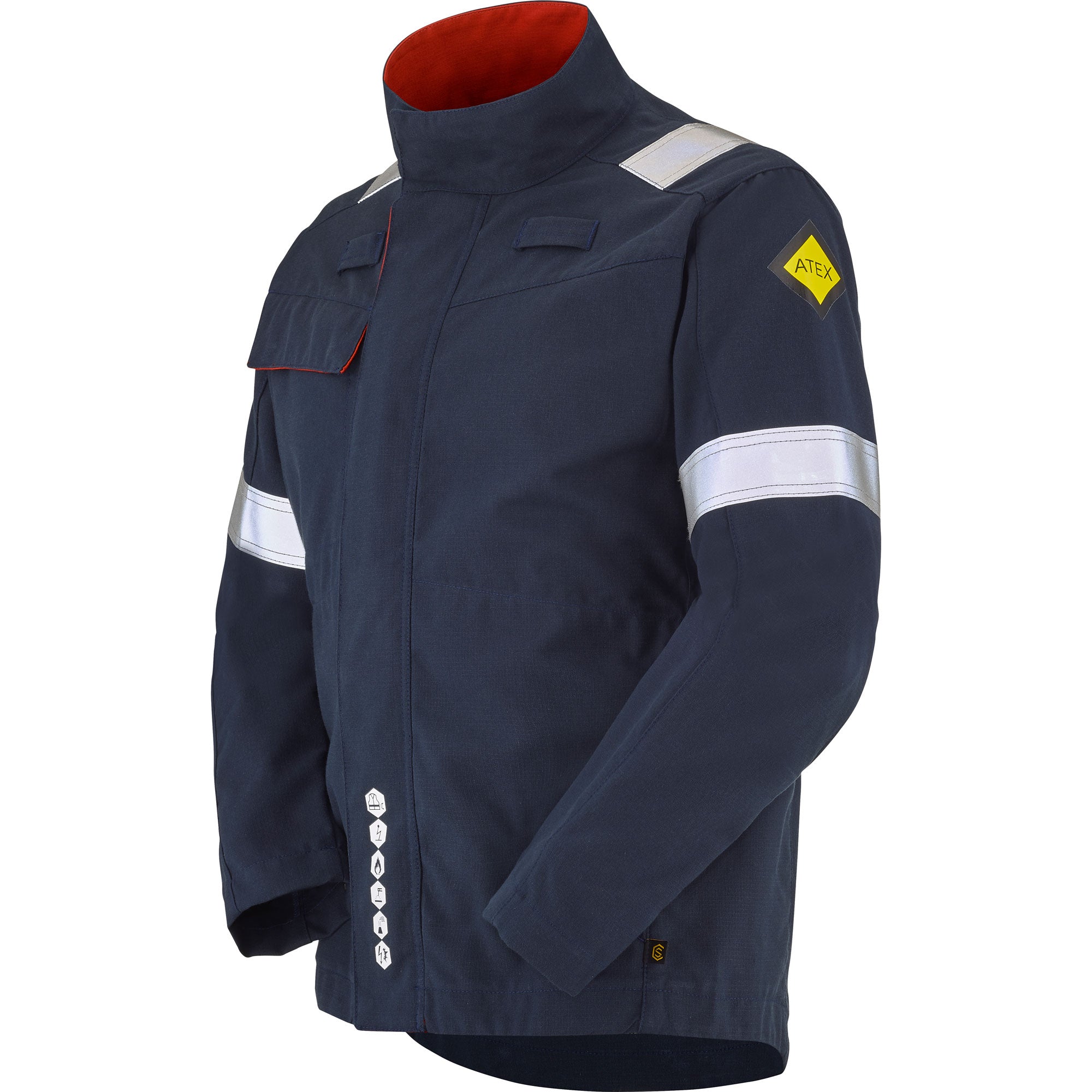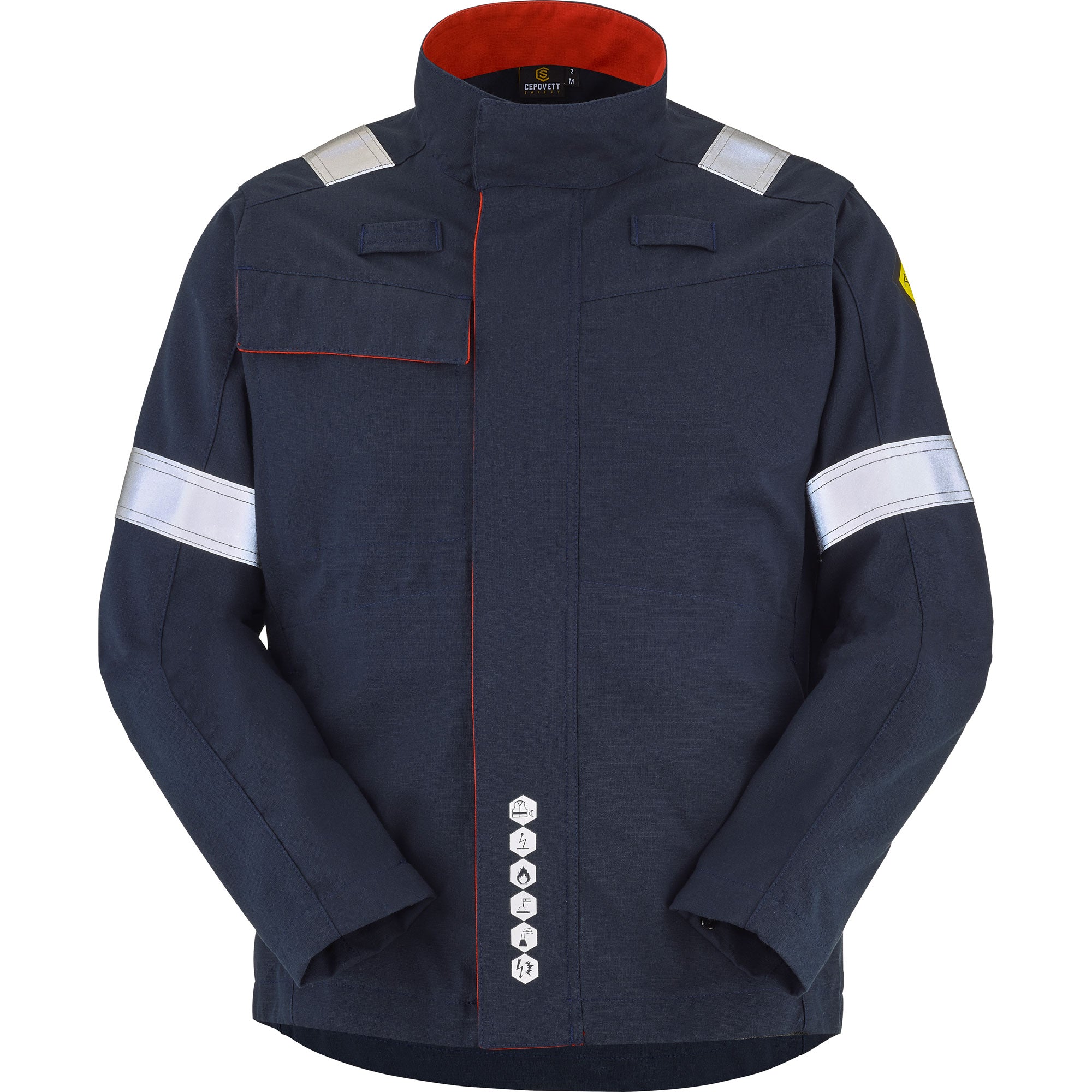EN ISO 11611 certified protective clothing
Protective clothing for welders certified according to EN ISO 11611 standard is an essential personal protective equipment (PPE) for all professionals performing welding and related techniques. These specific outfits, such as flame-retardant coveralls, welding jackets, gaiters, effectively protect the user's feet and body against small splashes of molten metal, short-term contact with a flame, radiant heat generated by an electric arc, and accidental contact with live parts of the welding station (up to 100V).
EN ISO 11611 Performance Coding
- Limited flame spread: index A1 or A1+A2
- Class 1: Protection suitable for low-risk welding techniques and situations with low risk of splashes and radiant heat
- Class 2: Enhanced protection for situations with high risk of splashes and/or radiant heat

The choice of welding PPE clothing class depends on the welding technique used as well as the working conditions and environment. It is essential to carry out a risk assessment to ensure compliance with welding PPE regulations.
Selection criteria related to the welding process
Class 1 — Moderate risk
- Manual welding with light spatter formation
- Gas welding
- TIG welding
- MIG welding (low current)
- Micro plasma welding
- Brazing
- Spot welding
- MMA welding with rutile electrode
These techniques generally require heat and flame resistant protective clothing class 1, as offered in the Cepovett Safety welder PPE range.
Class 2 — High risk
- Manual welding with heavy spatter & droplets
- MMA welding (basic or cellulose electrode)
- MAG welding (CO2 or gas mixture)
- MIG welding (high current)
- Self-shielded flux-cored arc welding
- Plasma cutting, gouging, oxy-fuel cutting, thermal spraying
These processes require flame-retardant and anti-spatter clothing class 2, offering the best resistance during intense or hazardous operations.
Selection criteria according to the work environment
Class 1
Ideal for machine operation, maintenance, and bench work:
- Oxy-fuel cutting equipment
- Plasma cutting machines
- Resistance welding
- Thermal spraying connection devices
Class 2
For more demanding conditions such as:
- Work in confined spaces
- Welding or cutting at height, overhead, or in difficult positions
Here, choosing a Class 2 welder PPE garment is essential to ensure maximum protection against heat, fire, and splashes.
Why choose EN ISO 11611 certified clothing?
Equipment certified to EN ISO 11611 offers:
- Optimal thermal and flame protection for all welding work
- Better safety against molten metal splashes, contact heat, and electric arcs
- Compliance with European PPE standards for welders
- The assurance of working comfort and increased durability of the clothing
In conclusion:
The EN ISO 11611 standard is essential for workplace safety during welding or cutting operations.Choose suitable professional welding protective clothing to ensure compliance, durability, and the best performance for each operator at the workstation.
Discover the Cepovett Safety range: welding jackets, trousers, coveralls, aprons, and gaiters, all compliant with the EN ISO 11611 standard for safety in the workshop or on site!

